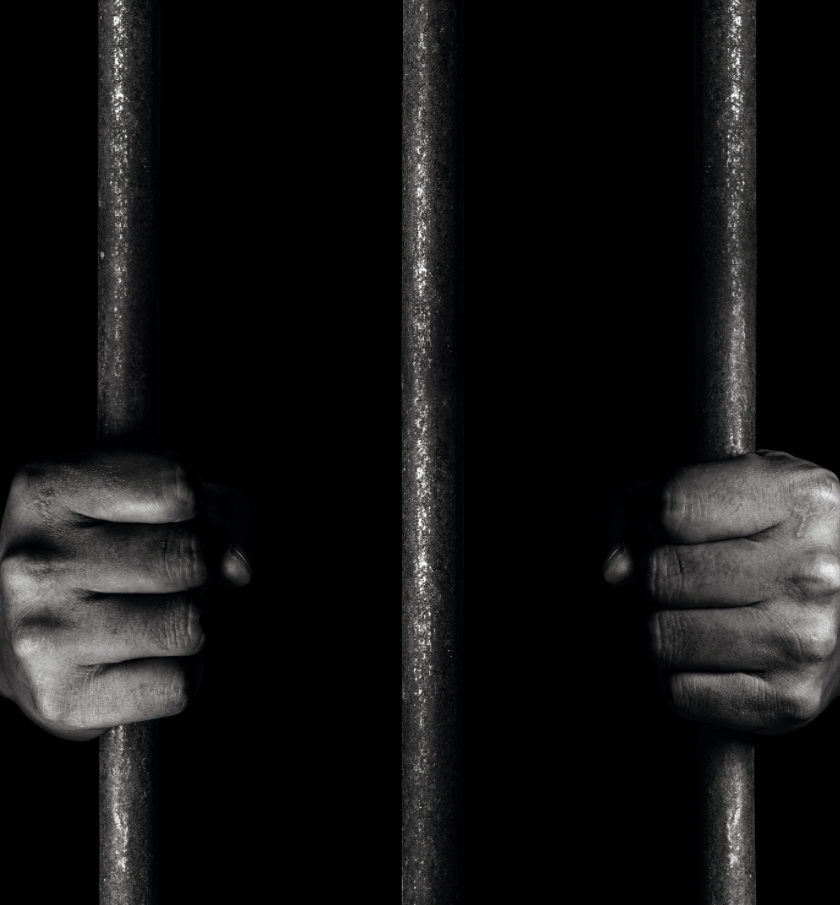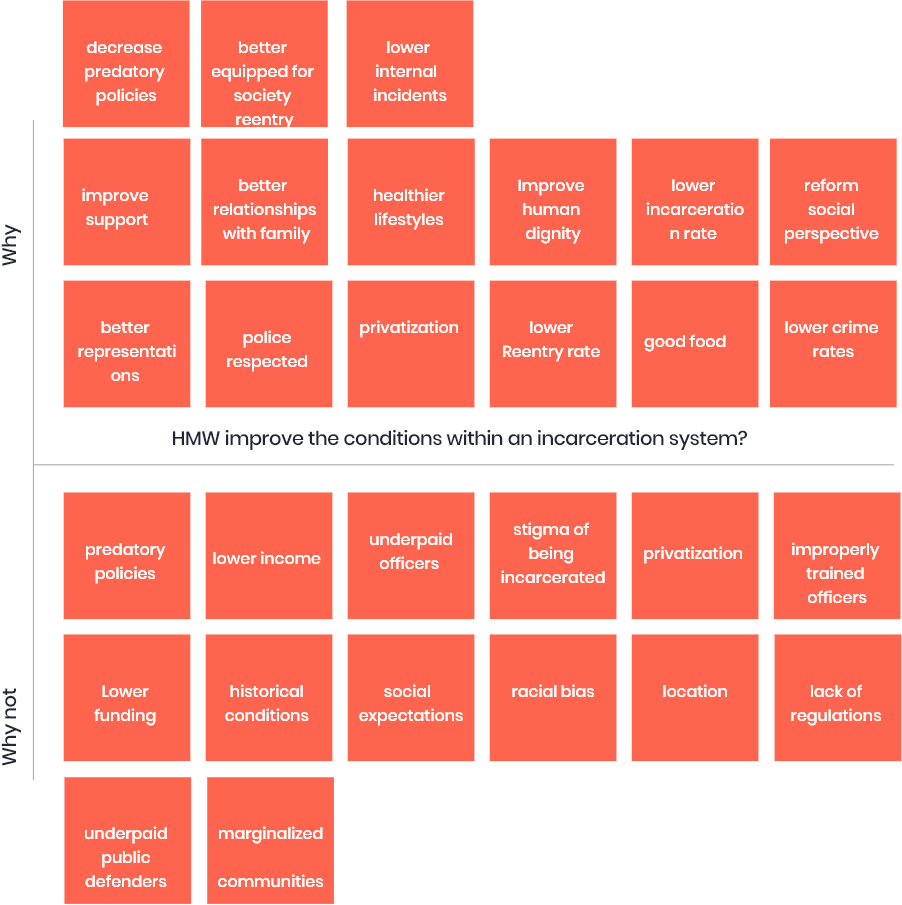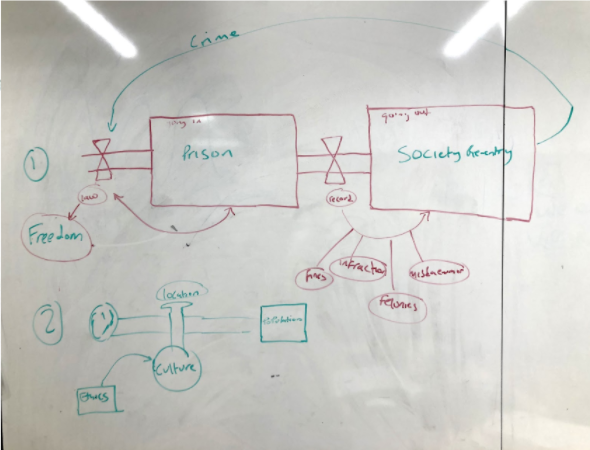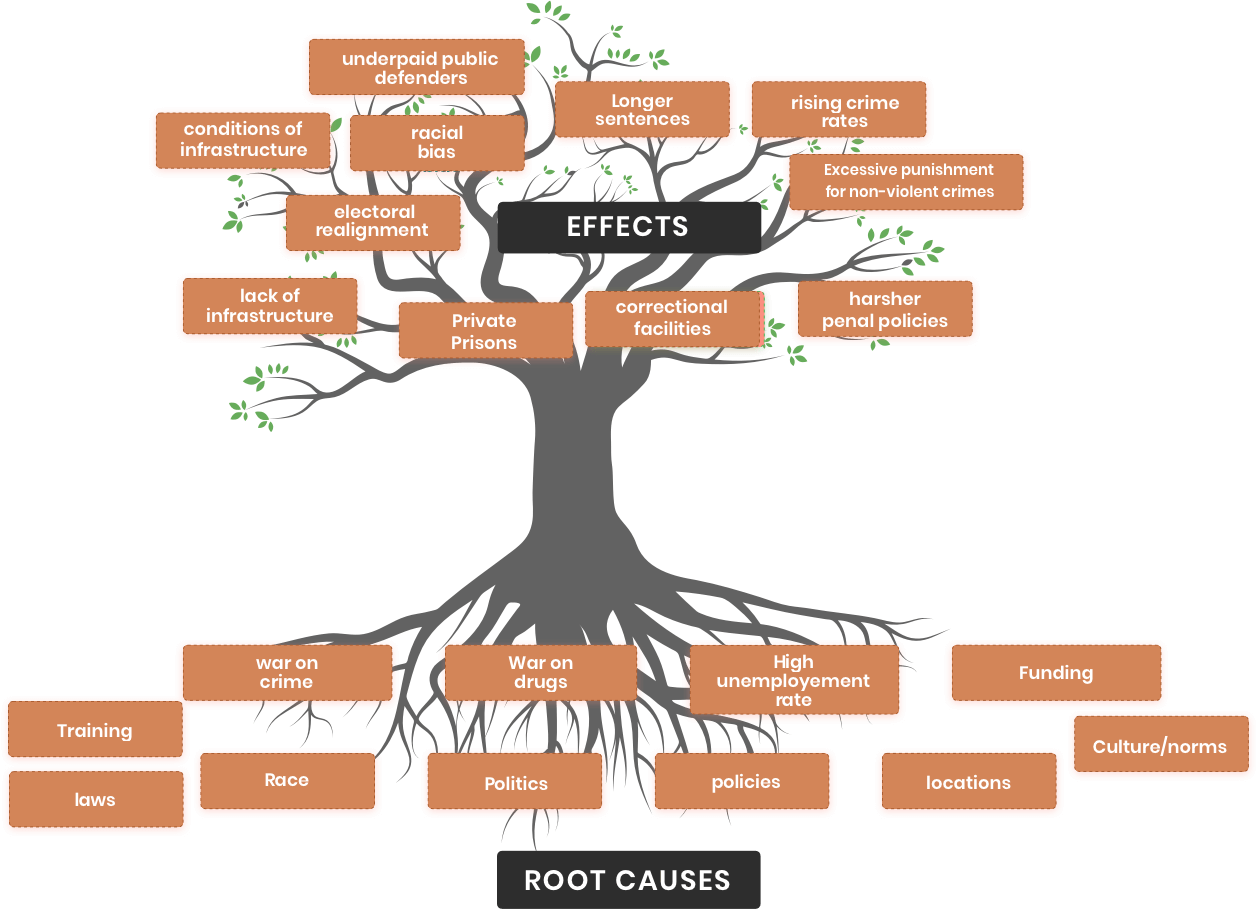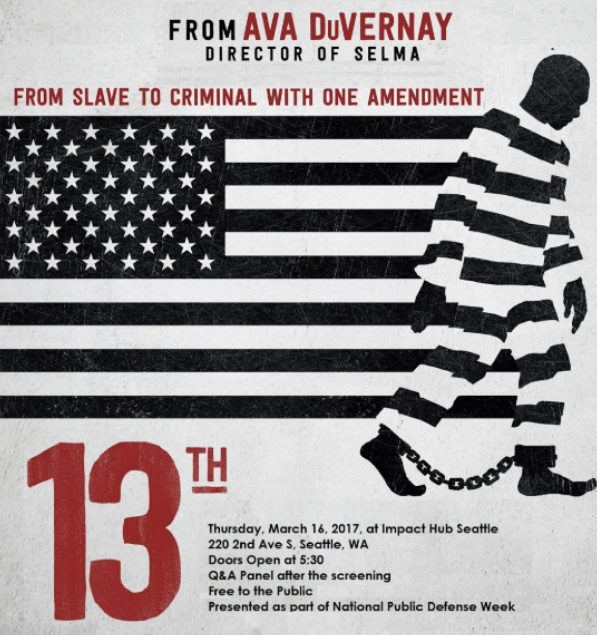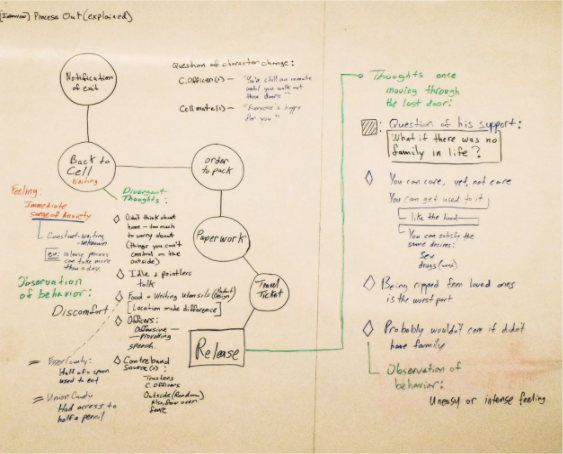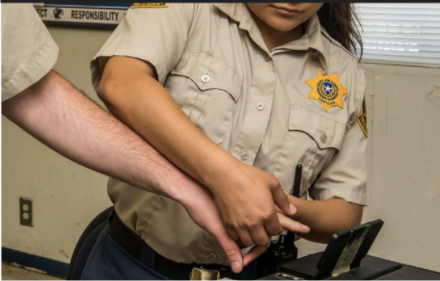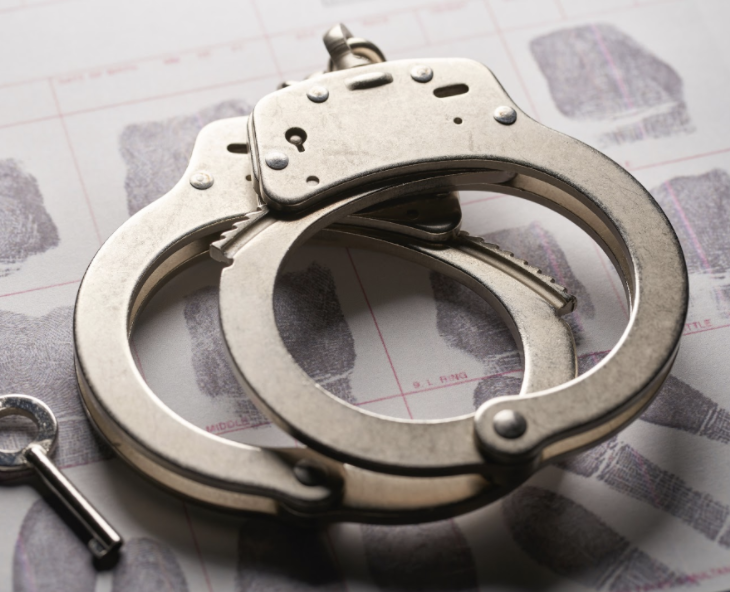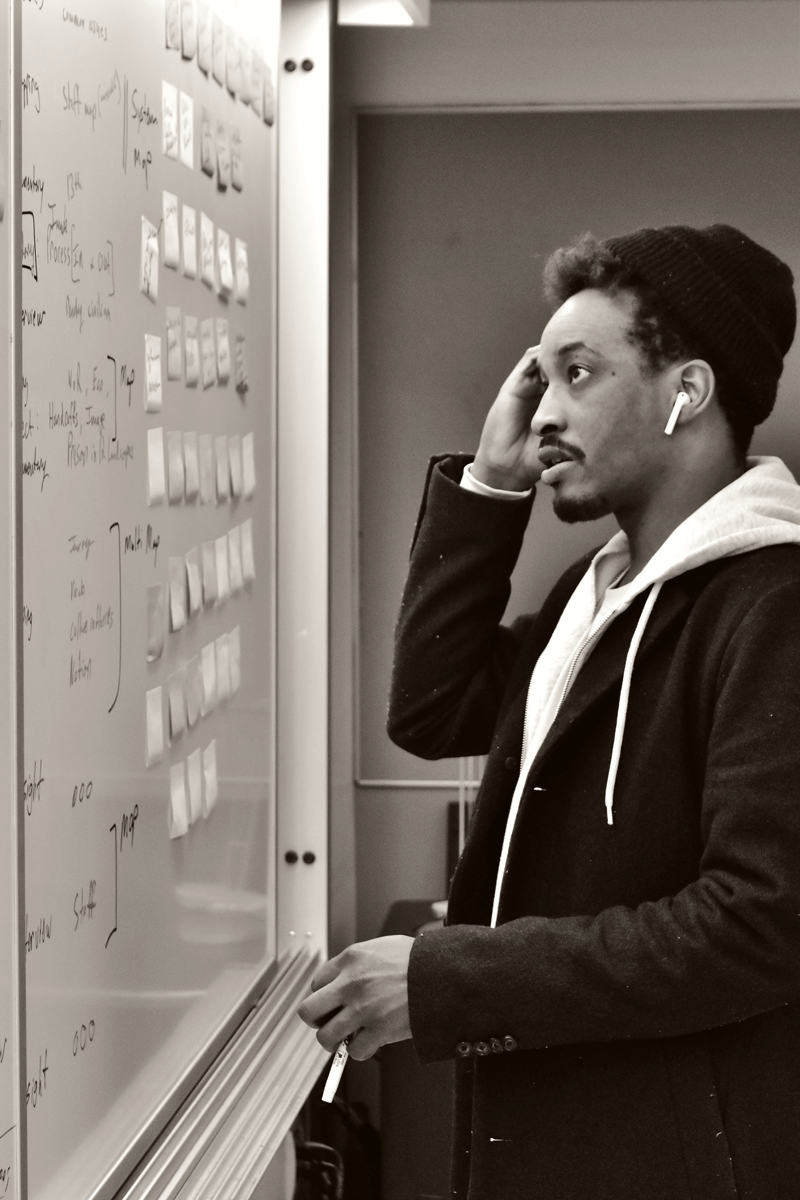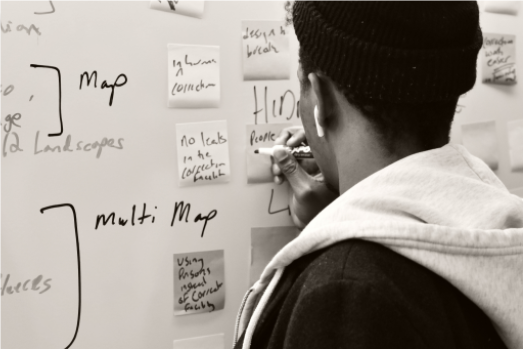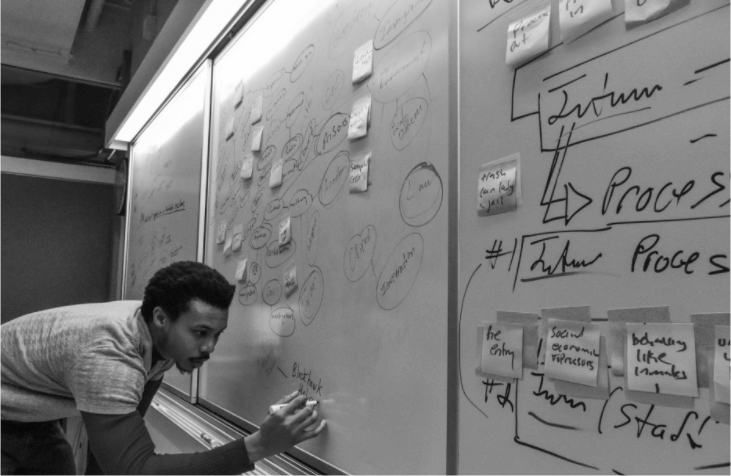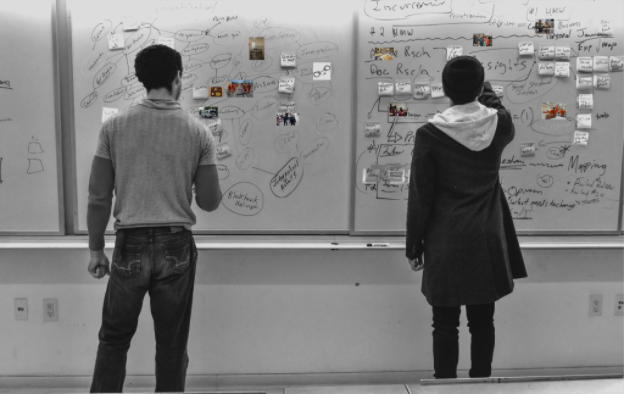- About
- Practice
- Teaching + Pedagogy
- Leadership + Consulting
- Speaking + Presentations
- Words + Publications
- Doctoral Research
- Contact
Work: Currently a Design Manager at Meta.
Education: Currently a Ph.D. student in Design at Carnegie Mellon University. I earned a Master's in Strategic Design & Management from Parsons School of Design. I also earned a BS in Entrepreneurship and a BA in International Studies from the University of Utah.




